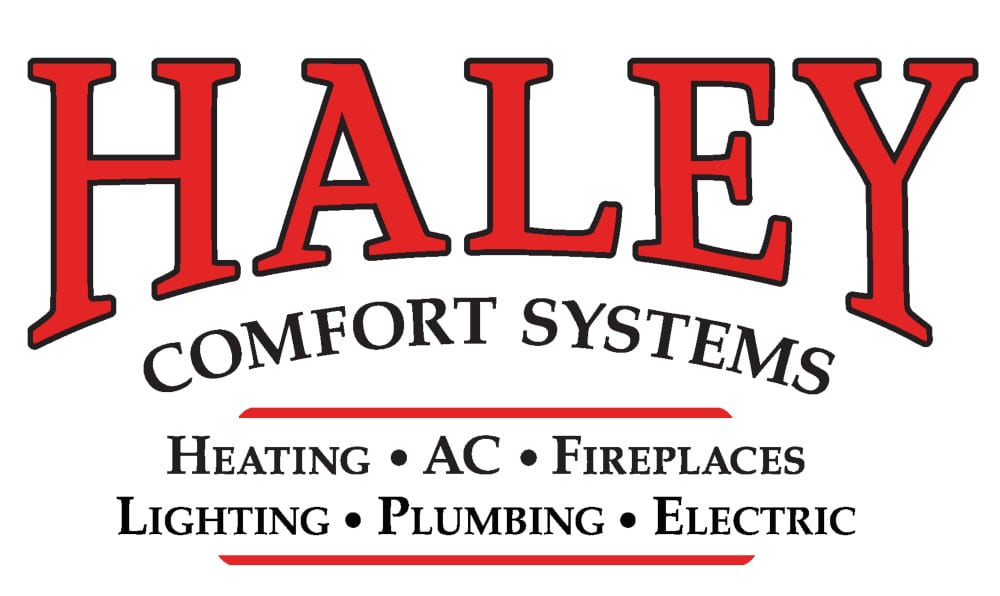When the cold weather sets in, the furnace works overtime and the heating bills go up. This leaves many homeowners looking for different ways that they can save money on heat. If you have already tried all of the common solutions like servicing the furnace and covering windows with plastic film, then you may want to consider the money saving opportunity that comes with having a gas fireplace.
To get energy savings from a gas fireplace, the first thing that you have to realize is that there are different types of gas fireplaces and some are not very good for adding heat to a home. The models that you want to stay away from are the log set fireplaces because while they do produce a flame that looks nice, they are more for the look and aesthetic appeal than for producing good heat.
The venting options also make a difference when it comes to how well a fireplace will provide warmth. You have the older B-vent models, direct vent systems and the ventless fireplaces. The B-vent style is pretty inefficient when it comes to heating, but the newer direct vent and ventless models can provide a good source of energy efficient heat.
With the direct vent systems, the byproducts of combustion are vented to the outside of the home, so you will lose some of the heat that is produced by the fire. That being said, this systems can still deliver and efficiency that comes close to 80% and that will be enough to save on the heating bills.
If you are looking to use the fireplace as a heat source, the ventless models do offer the best efficiency. With a model that is vent-free, all of the heat from the fire stays in the house and this does help to make it a very efficient heating source. The combustion gases that get released into the living space may concern some consumers, but advances in design have gotten to the point where the amount of harmful gas like carbon dioxide or carbon monoxide is minimal and well within the safe range.
Now, you could go with a wood fireplace to add heat to the home, but the gas models do have some advantages. The first is that a gas model is much easier to control. You can adjust the size of the flame and the heat output with more accuracy. Additionally, you don’t have the same amount of mess and maintenance that comes with a wood burning fireplace. The gas models do need maintenance and they will need to be cleaned once in a while, but the amount of care that you have to put into it is significantly reduced.
A gas fireplace can be a valuable addition to any home. It can help to keep certain areas of the home warmer during the winter and it can make for a significant reduction in the home heating bills. Beyond this, it is also a source of heat that will continue to work even when the power goes out, and that could be important if there is a serious winter storm. To find the right gas fireplace for your home, it could help to have the advice of a heating and cooling professional. They will understand the concerns regarding installation and venting, and they will be able to recommend the proper size to deliver the best heating for your circumstances.
